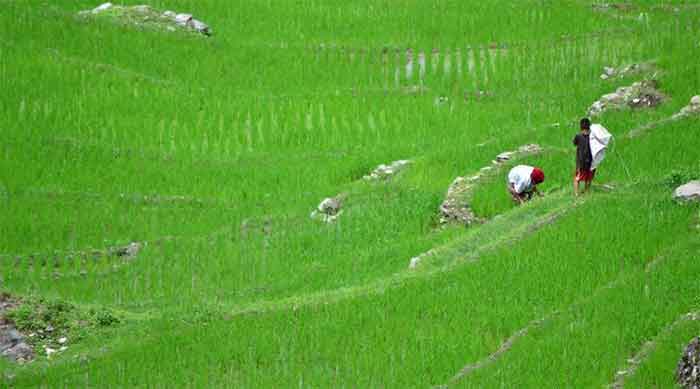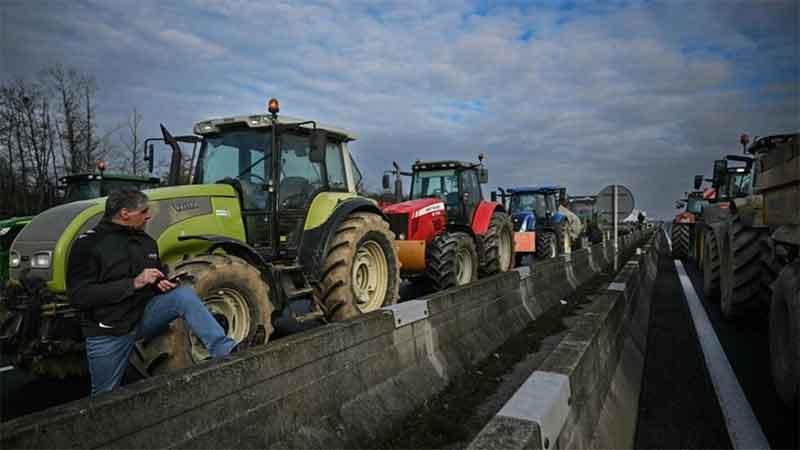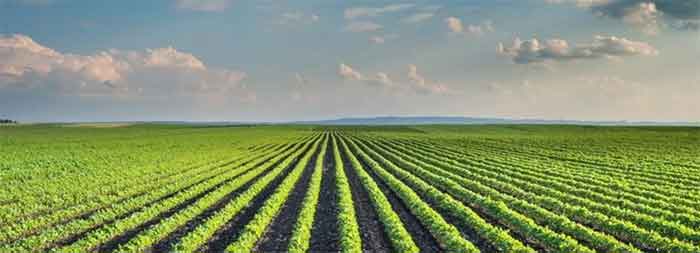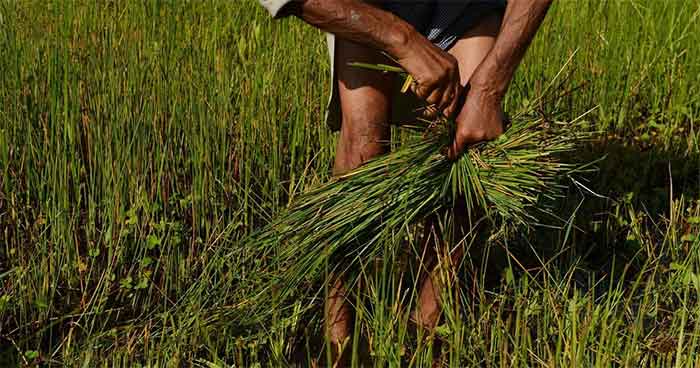
Although the farmers have returned home after the Modi government withdrew three agriculture laws, seriously considering the very foundation of India’s economic policy, the crisis is so deep that providing food from agriculture to the country’s growing population is not a new challenge.
It is a great tragedy that after independence the country could not become self-sufficient in food. Today, with the rapid conversion of farmland to other uses, farmers are turning away from agriculture, and the threat to food security in India is increasing. Not only this, the depletion of agricultural land is also affecting the socio-economic fabric of India. While the government has proud stories of converting barren land into arable land, it is a sad fact that the cultivable land in our country has been declining year by year, as mentioned in the ‘Westland Atlas 2019’ published by the Department of Land Resources, Ministry of Rural Development and ISRO’s National Remote Sensing Center. Due to population growth, demand for food is increasing and our dependence on other countries of the world is increasing in this direction.
In an agrarian state like Punjab, 14,000 hectares or 0.33 per cent of the total land is under cultivation, 62,000 hectares in West Bengal have become desolate and 42,000 hectares in Kerala.
In a populous state of Uttar Pradesh, the figure is even more dangerous than an atomic bomb. In this state, 48,000 hectares of agricultural land is being destroyed every year in the name of development. Most of the fertile farmland is being acquired for houses, factories, roads. It is also being ignored why the per capita income increases due to the depletion of agricultural land, but then the unemployment rate also increases. It is also true that due to increase in work under MGNREGA, farm laborers are not getting labor and farmers are giving up farming due to non-availability of labor.
According to the National Sample Survey, the country has 140 million hectares of agricultural land. In 1992, rural households owned 117 million hectares of land, which was reduced to only 92 million hectares by 2013. If this trend continues, after three years, by 2023, the area under cultivation will be 80 million hectares.
Where does so much farmland go in the end and who puts it in your throat? The main reasons for this are loss of agribusiness, inadequate prices of produce, climate change etc. Not only that, in the name of development, 2014 million hectares of land will be offered for the six proposed industrial corridors currently being built across the country, which will also include farms. Many statistics on how much barren or waste land was converted into work can be recorded in government reports, but the figures for converting farms into concrete are disappointing. We should all keep in mind that a country which has a population of 150 crore by 2031, how can food security be achieved without expanding the agricultural sector.
The government’s efforts to take care of the farmers are adding to their worries. Take seeds, in the last five years, there have been cases of foreign seeds like Bt being expensive but hurting farmers. The claim that such seeds have high yields and no pests is false. Despite this, government officials are pressuring farmers to use foreign genetic seeds. Indiscriminate use of chemical fertilizers and pesticides is affecting farmers and their farms. Despite this, the government wants farmers to abandon traditional farming and adopt new technologies. As a result, the cost of cultivation is increasing and the profit is decreasing in comparison.
Seriously, there are some financial institutions behind this conspiracy that are looking for ways to consolidate their market in rural India. In fact, farmers have become indebted. The National Sample Survey data shows that 82% of farmers in Andhra Pradesh are in debt. In Punjab and Maharashtra, the figure averages 65 per cent. These states have the highest number of farmer suicides. The country can fill the stomachs of the subsistence farmers if the farmers get the right price for their produce, proper storage, marketing facilities, reduction of cost of agricultural produce, ban on entry of capitalists in this business.
Vikas Parasram Meshram
[email protected]

















































